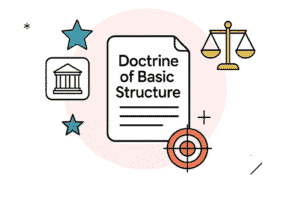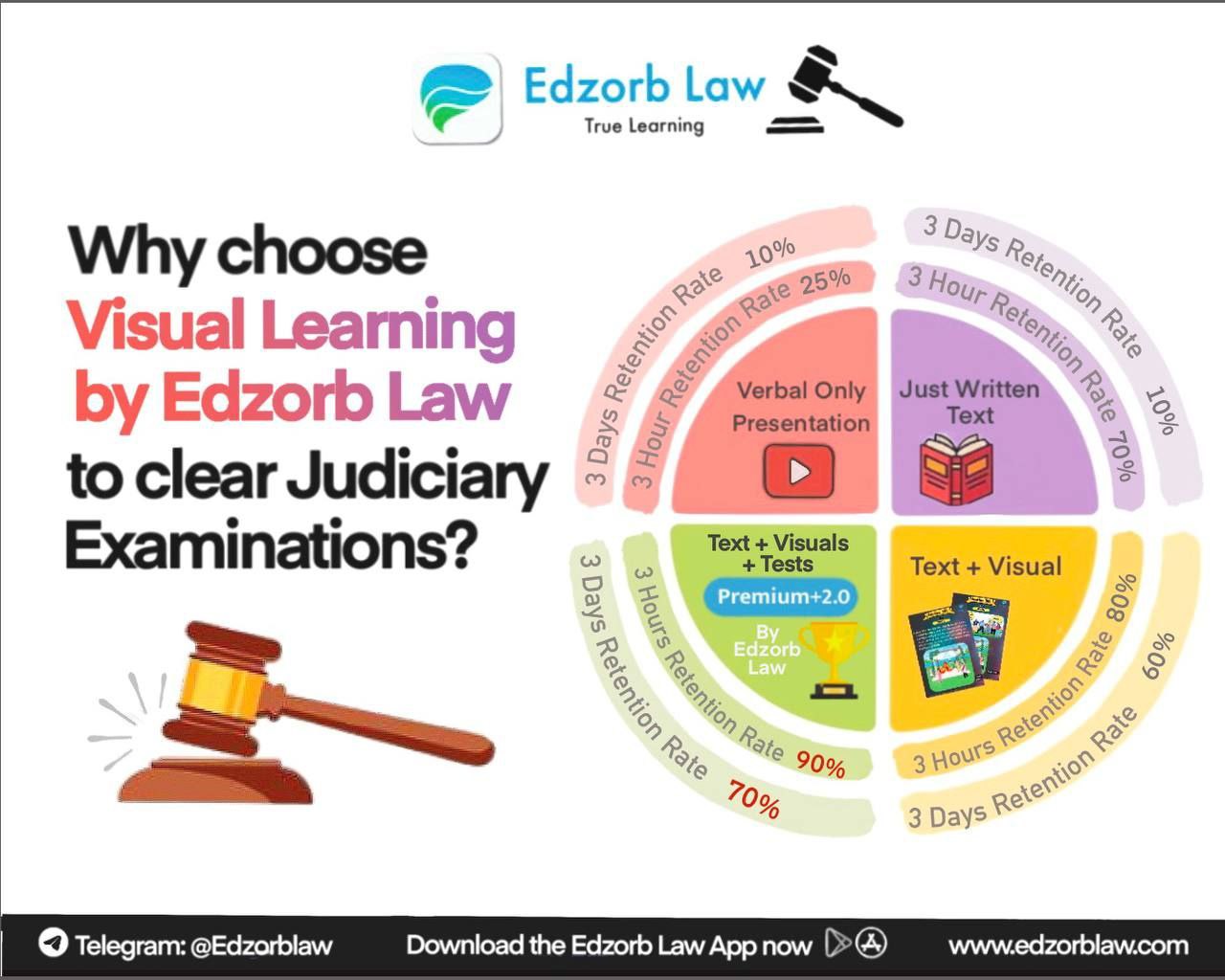The Judiciary Mains Examination is a critical step in your journey to becoming a judge in India. It not only tests your legal knowledge but also evaluates your ability to interpret complex legal issues, present well-structured answers, and manage time effectively.
In this guide, we’ll cover key subjects to focus on, proven answer-writing techniques, and practical tips for improving your judgment writing.
1. The Supreme Court: The Apex Authority of Justice

Jurisdiction and Powers
The Supreme Court of India holds the highest judicial authority in the country.
- Original Jurisdiction: Exclusive jurisdiction in disputes between the Central Government and States or between States, and issues related to fundamental rights.
- Appellate Jurisdiction: Hears civil and criminal appeals involving substantial questions of law through Special Leave Petitions or certificates granted by High Courts.
- Advisory Jurisdiction: The President can seek the Supreme Court’s opinion on public legal matters under Article 143.
- Decisions by the Supreme Court are binding on all lower courts, and precedents set by it become part of Indian law (Articles 141 and 142).
2. High Courts: Regional Pillars of Justice
Jurisdiction and Powers
High Courts serve as the regional powerhouses in India, each overseeing justice within a specific state or group of states.
- Jurisdiction: High Courts have the authority to issue writs for fundamental rights and supervise lower courts within their jurisdiction.
- Notable High Courts: For example, the Bombay High Court has jurisdiction over Maharashtra, Goa, and Union Territories like Dadra and Nagar Haveli.
High Courts are crucial for understanding the power dynamics of India’s judicial system.
3. District Courts: The Backbone of Justice
Role and Importance
District Courts are the primary courts at the district level for civil and criminal cases.
- Civil and Criminal Jurisdiction: Handles civil cases and criminal cases through the Chief Judicial Magistrate’s Court.
- Appeals: Judgments made by District Courts can be appealed in the High Courts.
District Courts are vital for everyday justice, and understanding their structure is essential for the Judiciary Mains Exam.
4. Lower Courts: The Foundation of Local Justice
Jurisdiction and Role
Below District Courts are Munsif’s Courts and Small Causes Courts, which deal with minor civil cases and disputes involving small sums of money.
- Original Jurisdiction: These courts typically handle smaller claims and provide the foundation for local-level justice.
While they may seem minor, lower courts are essential for understanding the judicial hierarchy.
5. Commercial Courts: Specialized Justice for Business Disputes

Jurisdiction and Procedure
Commercial Courts deal with disputes above Rs. 3,00,000 and offer faster, more specialized procedures for business-related matters.
- Jurisdiction: Focuses on ensuring that commercial disputes are resolved promptly, using a strict procedure designed for complex cases.
Understanding commercial litigation is key to acing the Judiciary Mains, as it plays an important role in modern judicial practice.
6. Tribunals: Expert Justice for Specific Areas
Types of Tribunals
Tribunals in India specialize in areas like taxation, company law, and administrative disputes.
- Examples: NCLT (National Company Law Tribunal) and ITAT (Income Tax Appellate Tribunal).
- Speed and Expertise: Tribunals focus on specific areas, speeding up justice and providing expert rulings.
These tribunals offer critical insights into specialized legal processes that may appear in your exam.
7. Alternate Dispute Resolution (ADR): A Modern Approach to Justice
Methods and Significance
ADR methods like Lok Adalats, arbitration, and mediation offer alternatives to formal litigation.
- Lok Adalats: Voluntary forums where disputes are resolved amicably, with decisions binding like a civil court decree.
- Arbitration and Conciliation: Used for commercial disputes, with the Arbitration and Conciliation Act, 1996 promoting these methods to settle conflicts outside the courtroom.
Understanding ADR is essential for modern judicial practice and could be a game-changer in your exam.
Ready to Dive Deeper into Judiciary Preparation?
Explore Edzorb Law for expert insights, study resources, and preparation tips designed specifically for aspiring judges.
Download Edzorb Law App today and begin your journey toward mastering legal concepts!

 Podcast
Podcast








 Features
Features






